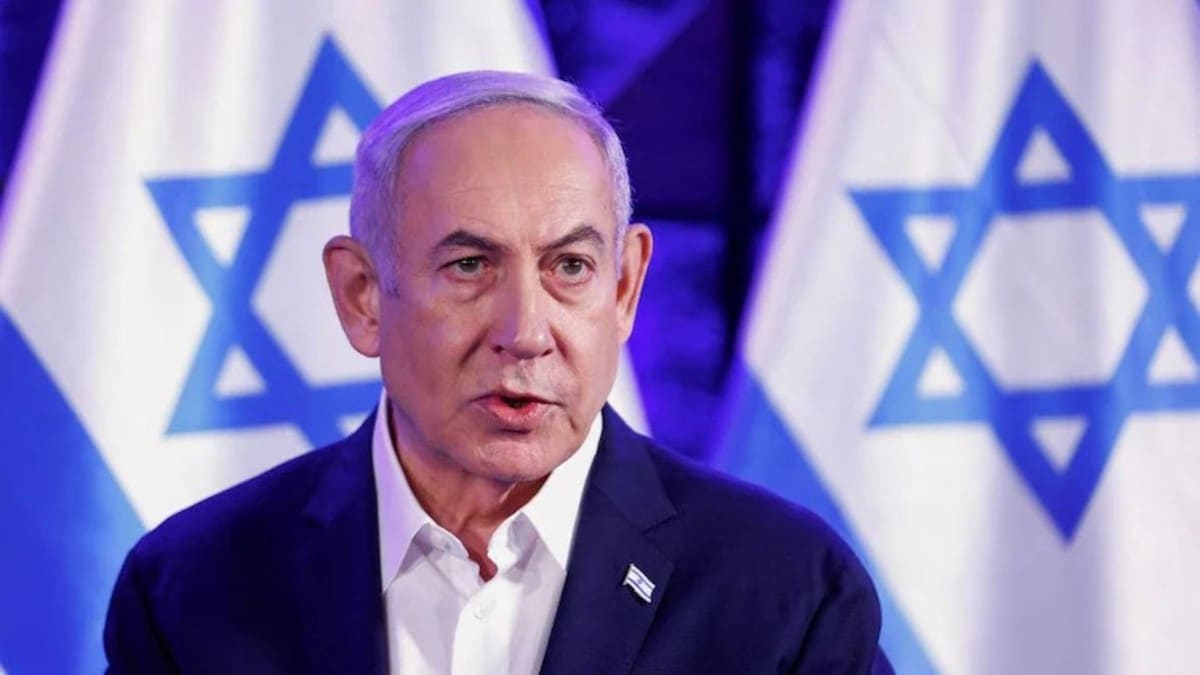Trade Deal Dynamics
India has been actively pursuing trade agreements, exemplified by the implementation of the India-EFTA trade pact from October 1st. The signing of a free
trade deal with Australia marked a significant step. Additionally, India aims to reduce tariffs under an FTA with the GCC. These agreements indicate a proactive approach to international trade and economic collaboration. Piyush Goyal has been vocal about these deals, highlighting their importance for India's growth.
Export & Import Trends
Recent data reveals India's trade deficit widening. Exports dipped to USD 29.78 billion in October, while imports increased, reflecting ongoing economic adjustments. The Centre has imposed export duties on items like parboiled rice and onions, demonstrating efforts to manage domestic supply. Conversely, duty-free imports of crude soyabean and sunflower oil were permitted to address inflation, showcasing a multifaceted approach to trade management.
Global Partnerships Explored
India is strategically balancing relations with multiple partners, including the US, EU, and Japan. PM Modi's focus on technology and trade with Japan, aiming for 10 trillion yen in 10 years, highlights this. Discussions about a potential BTA with the US are underway. Furthermore, rupee-dirham trade with the UAE and a 10-year agreement with Iran for Chabahar port signal India's diverse global engagement. The article also explores India's stance within the Indo-Pacific Economic Framework.
Policy & Tech Focus
The government's policies include a new Foreign Trade Policy 2023, with an ambitious goal of reaching $2 trillion in exports by 2030. The development of India's first desi microchip, the Vikram-32 chip by ISRO, showcases advancements in technology. The RBI's move to allow payments for international trade in rupees, and the focus on local manufacturing through import curbs on laptops and computers further highlight policy direction.
Challenges & Outlook
India faces challenges like the impact of US tariffs on exports, particularly affecting labour sectors. The widening trade deficit necessitates careful management. However, initiatives like the Arogya Maitri Cub and the focus on strategic partnerships offer opportunities. The article suggests that India's path forward will hinge on navigating global complexities while fostering innovation and promoting strategic trade relationships.
















